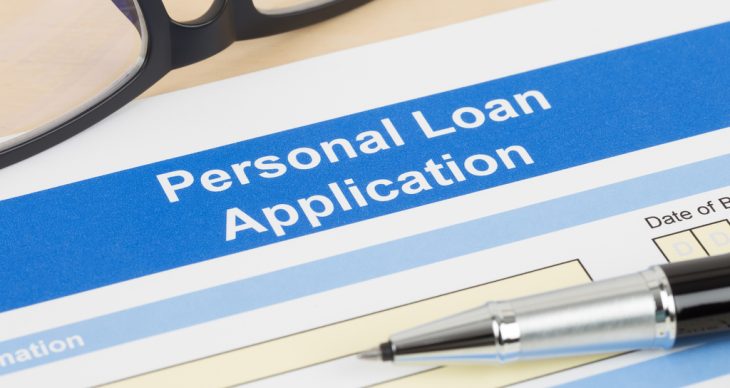Sometimes you need money right away but do not know how to get a loan from a reliable lender. Personal loans are available from countless lenders across the country but rates and terms are greatly varied. How do you compare personal loan rates and get the funds you need fast?
Multiple online resources are available to help you compare personal loans without damaging your credit score. You can save hundreds or even thousands of dollars every year by simply comparing the best loans available online from your own home. Read tips and tricks on how to compare personal loan options available on the market now.
The process of applying for a personal loan is as simple and convenient as possible thanks to modern technology and online services. Even traditional in-person lenders such as a bank or credit union provide online services matching what they offer in their branches. Just because the application process is fast and easy does not mean you need to rush into making any decisions, however.
In fact, it is highly advisable to take your time and compare all options before committing to a loan program.
Each loan application results in a lender pulling your credit report. Comparison-shopping is the best way to get the lowest rates and friendliest terms but the process must be done carefully. For example, when you allow multiple inquiries from different lenders in one to two months of time your credit score begins to drop.
To prevent this from happening you can use a lending marketplace such as Lending Tree – or you can go through a pre-approval process. When you receive a pre-approved personal loan offer the lender has already pulled a soft credit check, which does not damage your credit score.
Annual Percentage Rates (APRs) and FICO scores are the primary terms you need to learn when comparing the best place to get a personal loan in 2025. The APR is the amount of interest charged on your loan as the cost of doing business.
A FICO score is a three-digit representation of your credit history, which tells lenders how much you are creditworthy or a financial risk. A FICO score affects the APR every lender assigns to its loans. Higher FICO scores indicate good-to-excellent credit, which generally equates to lower APRs. Lower FICOs indicate bad credit, which equates to either a higher APR or a complete rejection of an application. APRs are either fixed (stays the same for the life of the loan) or variable (changes based on market fluctuations).
Personal loans are either secured by collateral or unsecured, the latter posing more of a risk. Unsecured loans have generally high APRs (and sometimes hidden costs and fees) to compensate for the higher risk. Secured loans have lower APRs because the collateral is available to liquidate if needed.
By Admin –
